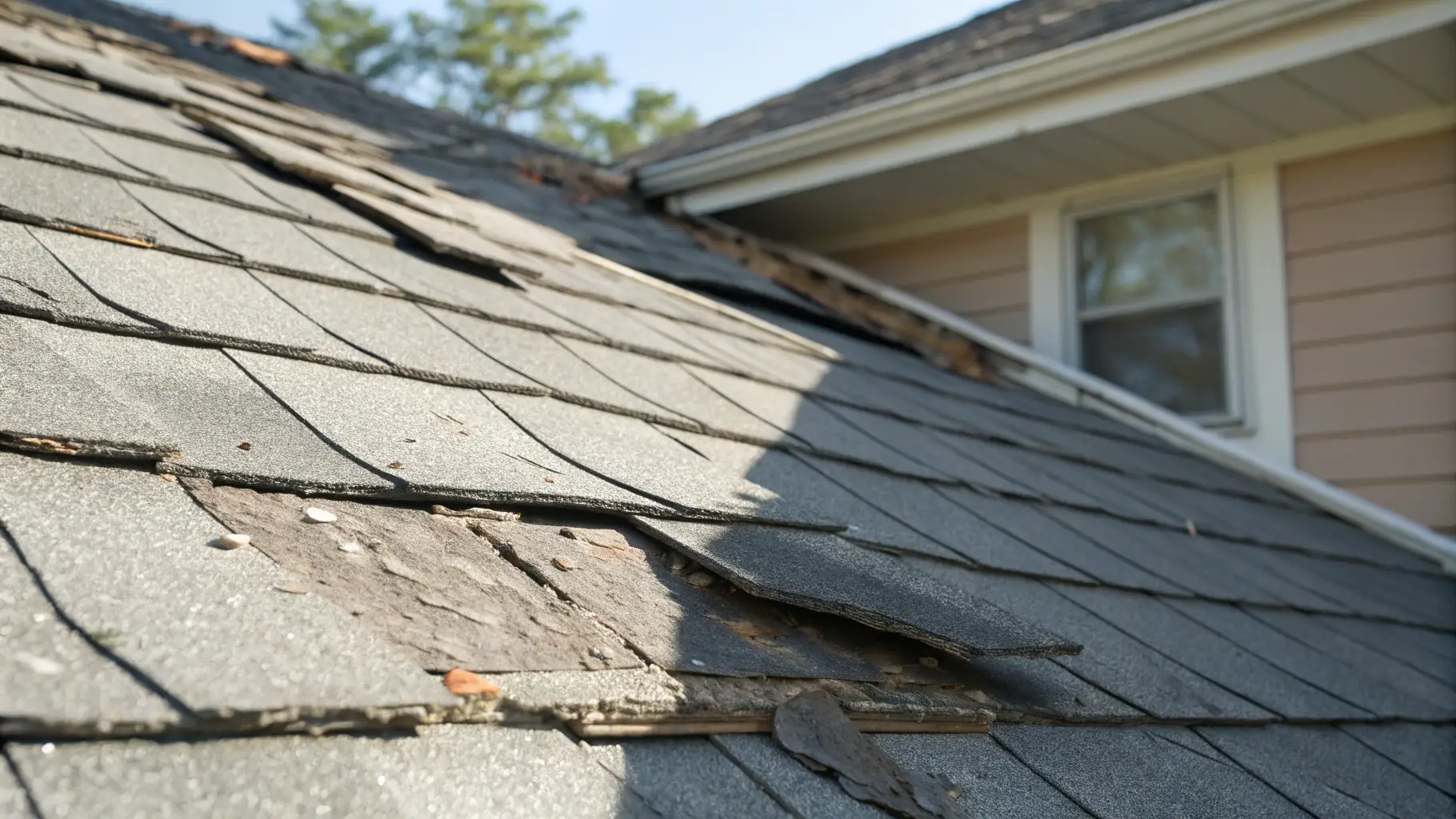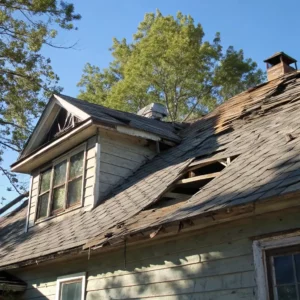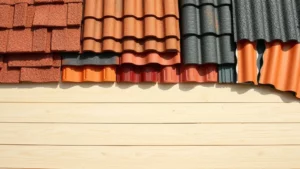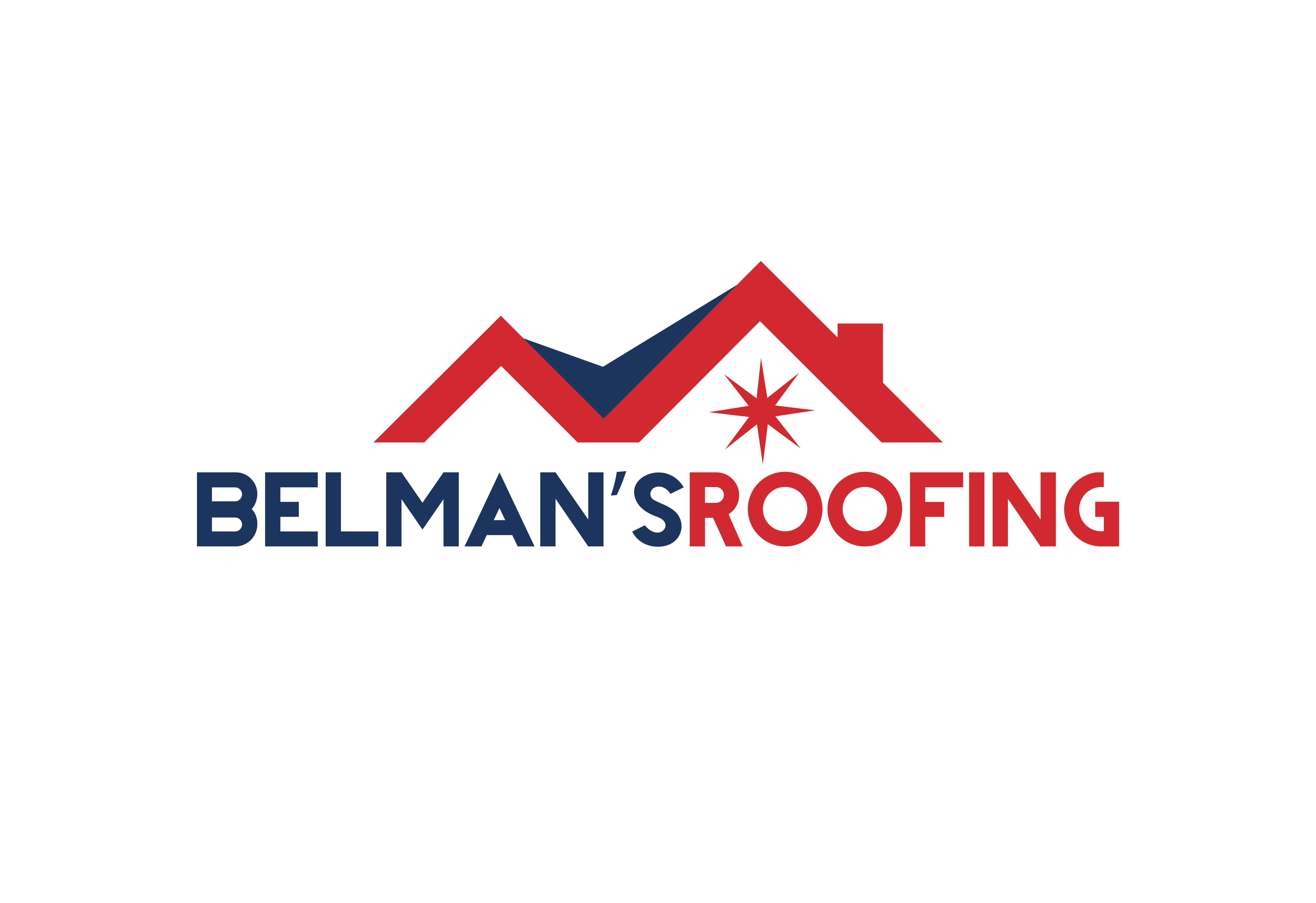Hailstorms can strike without warning, causing thousands in damage to your roof, siding, windows, and landscaping in minutes. As one of the most destructive forms of extreme weather, hail poses a serious threat to homeowners. But with the right preparation, you can minimize the impact and protect your investment.
In this expert guide, we’ll share essential tips to safeguard your home before, during, and after a hailstorm—so you’re ready when the skies turn dark.
1. Understand the Risks of Hail Damage
Hailstones can vary in size—from small pellets to golf-ball-sized chunks of ice—and can fall at speeds exceeding 70 mph. This makes them capable of:
Denting or puncturing shingles and roofing materials
Cracking vinyl siding or damaging exterior paint
Shattering or breaking windows and skylights
Destroying gutters and downspouts
Damaging HVAC units and outdoor structures
Knowing the vulnerabilities of your home is the first step toward protecting it.
2. Inspect and Maintain Your Roof Regularly
Your roof is your home’s first line of defense against hail. Regular roof inspections can identify weak spots that are more likely to fail during a storm. Look for:
Loose or missing shingles
Cracked tiles or worn areas
Rusted or detached flashing
Clogged or damaged gutters
Consider hiring a professional roofing company to perform an annual inspection, especially before hail season.
3. Invest in Impact-Resistant Roofing Materials
If you’re replacing or upgrading your roof, consider impact-resistant materials like Class 4 asphalt shingles, metal roofing, or synthetic slate. These materials are designed to withstand higher impacts from hail and can significantly reduce damage.
Many insurance providers offer discounts for homes with hail-resistant roofing, so it can be a smart long-term investment.
4. Protect Windows and Skylights
Windows and skylights are especially vulnerable during a hailstorm. To protect them:
Install impact-resistant glass
Use protective shutters or storm panels
Apply temporary coverings (like plywood or storm film) before a storm hits
Keeping blinds or curtains closed during a storm can also help prevent shattered glass from flying into your home.
5. Secure Outdoor Property
Don’t forget to bring in or secure the following items before a storm:
Patio furniture and umbrellas
Planters, grills, and lawn equipment
Vehicles—if possible, park them in a garage or under a carport
Garden decor or fragile landscaping elements
Small objects can become dangerous projectiles during a hailstorm.
6. Review Your Homeowners Insurance Coverage
Before storm season arrives, review your homeowners insurance policy. Make sure it includes adequate coverage for hail damage and take note of your deductible. Document the condition of your property with photos or videos to simplify the claims process if damage occurs.
7. What to Do After a Hailstorm
Once it’s safe, inspect your home for visible damage:
Look for dents, cracks, or broken components
Check the attic and ceilings for water leaks
Take detailed photos of any damage for insurance purposes
Contact a licensed contractor or roofing specialist for a professional assessment
Avoid climbing on the roof yourself—let trained professionals handle that for safety and accuracy.
Conclusion
Hailstorms can’t be prevented, but their impact on your home can be minimized with the right preparations. From choosing durable materials to securing your outdoor space and maintaining your roof, these proactive steps can help protect your investment and give you peace of mind.
If you suspect hail has damaged your home or want to prepare for future storms, contact our team at Belman’s Roofing for a professional inspection and expert guidance.




